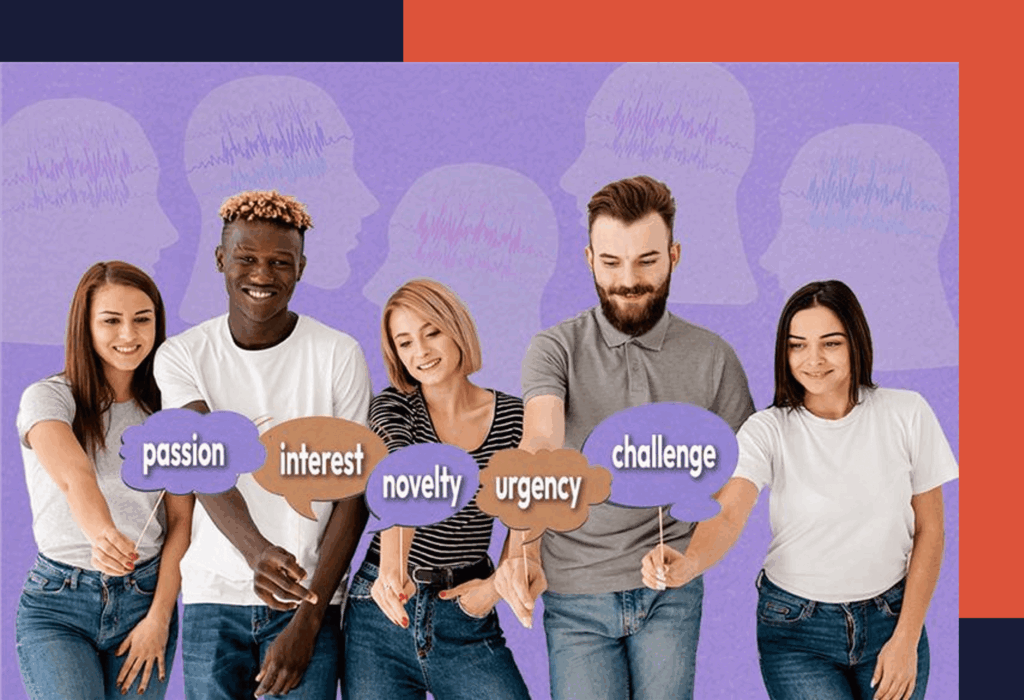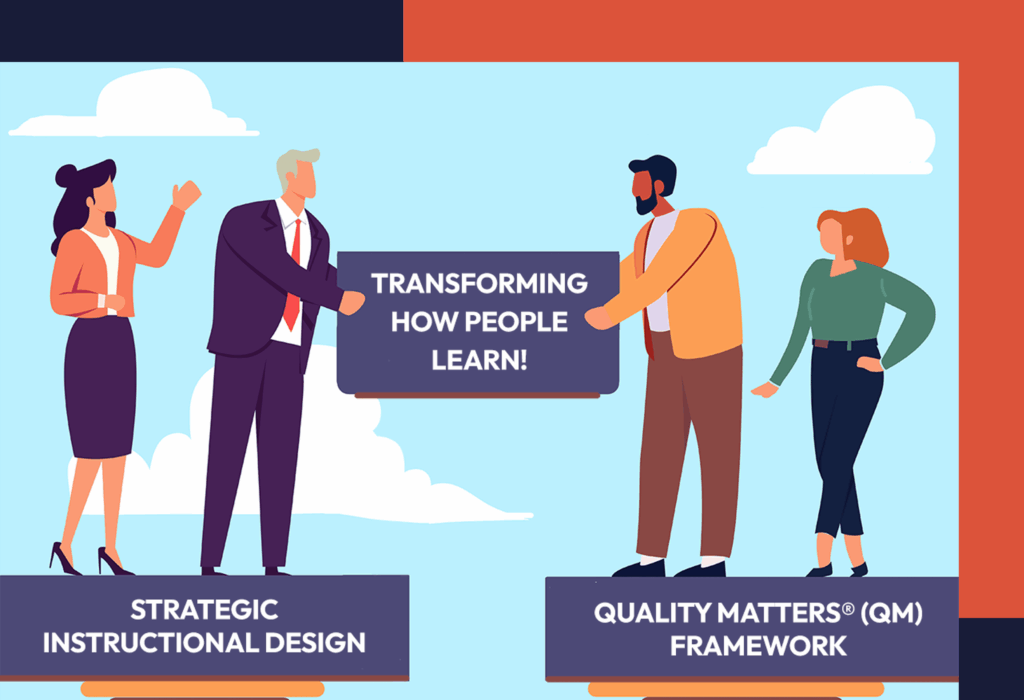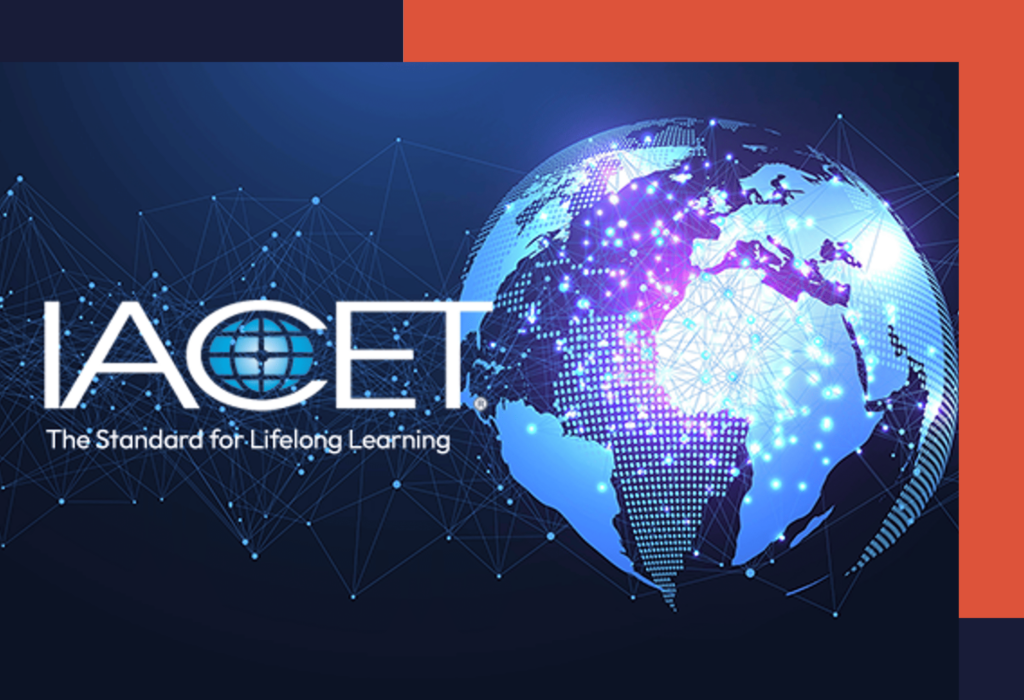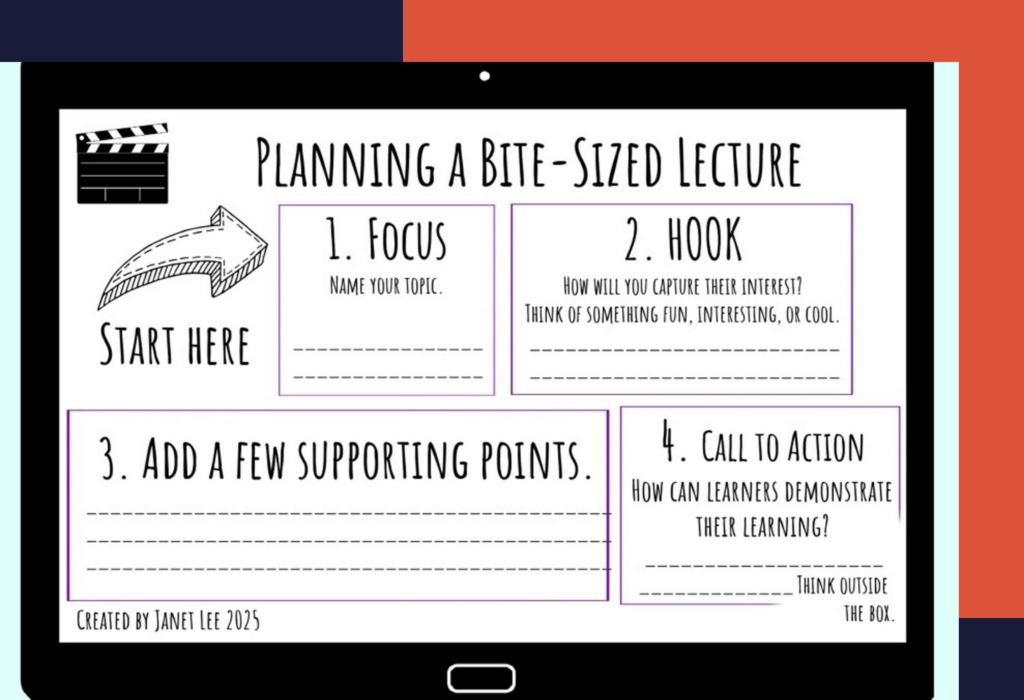Playing to Learn: How Game-Based Mechanics Boost Motivation

Playing to Learn: How Game-Based Mechanics Boost Motivation Written by Dr. Diana Brandon Ever cruised through an online compliance course after a long workday—and found your mind wandering halfway through? Let’s try this: imagine the same course, but now every section is a “mission.” You unlock scenarios, score points for sharp decisions, and watch a […]
Scenario-Based Learning: Advancing Professional Competence Through Realistic Practice

Scenario-Based Learning: Advancing Professional Competence Through Realistic Practice Written by Dr. Angela Robbins Association leadership recognizes that members want learning that fits into their busy schedules and is worthwhile of their time. Education programs, such as certification training, compliance, and professional development, need to be memorable and purposeful. Scenario-based Learning (SBL) is a practical way […]
Breaking Down Language Barriers: Multilingual eLearning Strategies

Breaking Down Language Barriers: Multilingual eLearning Strategies By: Dr. Brie Nelson According to CSA Research, 76% of people prefer learning materials in their native language—a statistic that underscores the importance of multilingual eLearning in today’s highly connected workforce. For organizations with diverse teams or international audiences, providing training in just one language can create barriers […]
Designing eLearning for a Global Audience: How to Adapt Content with Cultural Responsiveness

Designing eLearning for a Global Audience: How to Adapt Content with Cultural Responsiveness By Dr. Kristen Stevenson eLearning has opened doors for people across the world to access education, training, and professional development without borders. But as courses and training programs expand internationally, a question often overlooked is how to ensure digital learning truly works […]
Cooking Up Engagement: The Recipe for Immersive Training Success

Cooking Up Engagement: The Recipe for Immersive Training Success Written by Dr. Angela Robbins The First Bite Matters The modern workplace is a bustling kitchen—pots boiling, timers beeping, orders flying in. In this kind of heat, bland “sit-and-get” training gets pushed to the back burner and forgotten as quickly as it’s served. Learning has to […]
Aligning Design with Recognized Standards: Turning Three Shots into Two

Aligning Design with Recognized Standards: Turning Three Shots into Two Written by Steven Bradley and Dr. Angela Robbins In instructional design, especially in client-driven environments, it’s easy to feel the pull toward output over outcome. Yet if our goal is genuine learner growth, the principle remains the same as in elite sports: quality beats quantity. […]
Accessibility for Neurodivergent Learners

Accessibility for Neurodivergent Learners By: Natalie Taylor Hart Accessibility is a critical component of ensuring that all target learners for a course, regardless of ability, can use and learn from our instructional materials. Implementing accessibility practices enhances the effectiveness and inclusivity of instruction. Many apps have helpful built-in tools to check technical components in documents. […]
What Is QM—And Why Should We Care?

What Is QM—And Why Should We Care? Written by Dr. Angela Robbins Quality is often overlooked in the rush to quickly deliver training and online learning. At eLearningDOC, we make it our priority. We are committed to designing learning experiences that go beyond checking the box and, instead, truly transform how people learn. Quality Matters® […]
Access Meets Excellence: How Standards Help Us Reach Every Learner Where They Are

Access Meets Excellence: How Standards Help Us Reach Every Learner Where They Are Written by Bradley A. Davis, BRMP, CAE A few years ago, I worked with a trade association that launched a series of online courses. The content was solid, the subject matter expert was top-tier, and the platform had all the bells and […]
How to Be a “One-Take Wonder:” Making Bite-Sized Videos In One-Take

How to Be a “One-Take Wonder:” Making Bite-Sized Videos In One-Take Written by Janet Lee Have you ever tried recording your voicemail greeting, only to delete and re-record it over and over? What if you could nail it in one take—and actually be happy with it? In the film world, people who pull this […]

